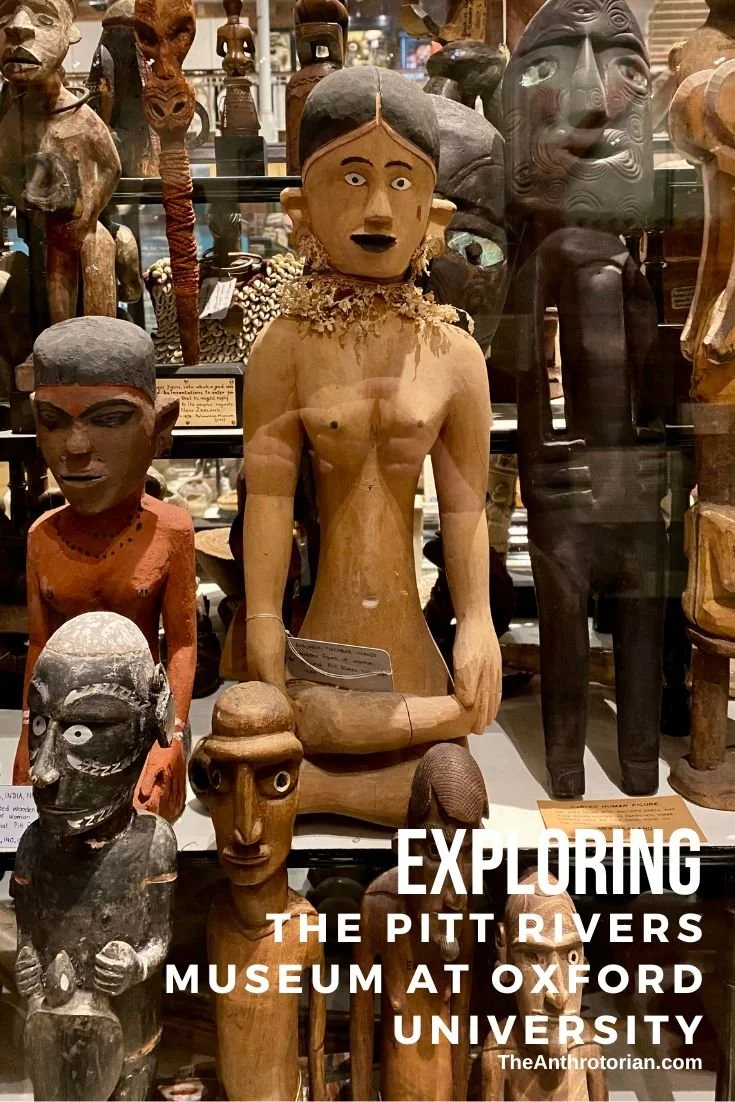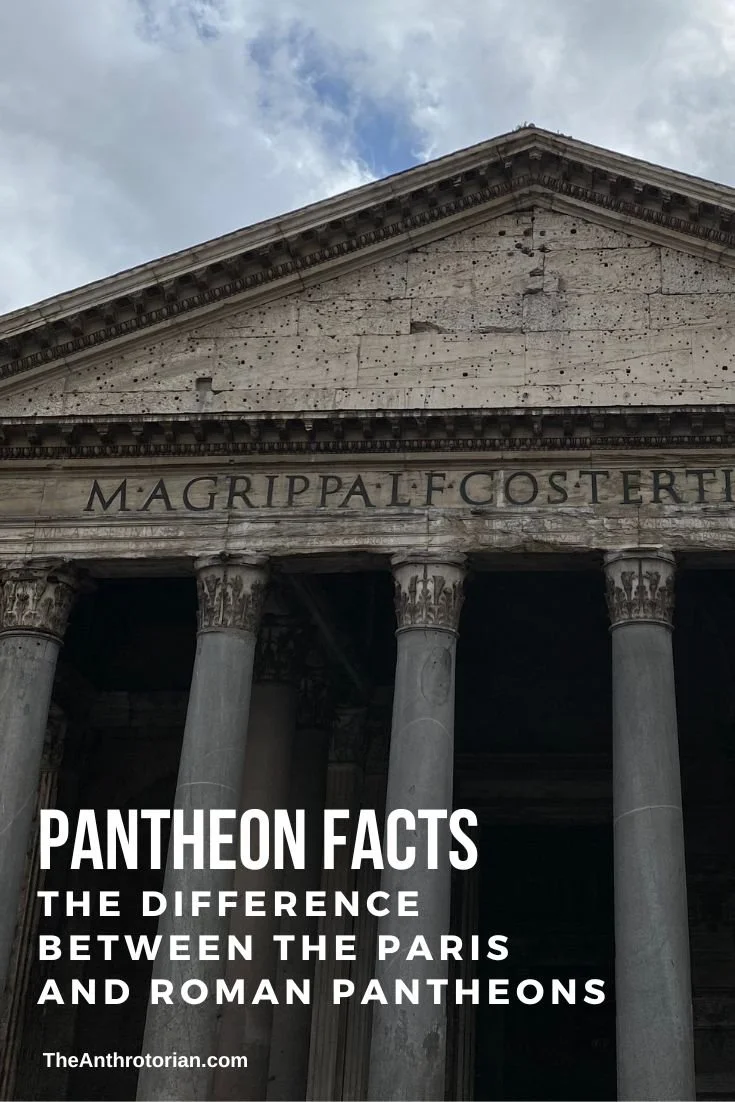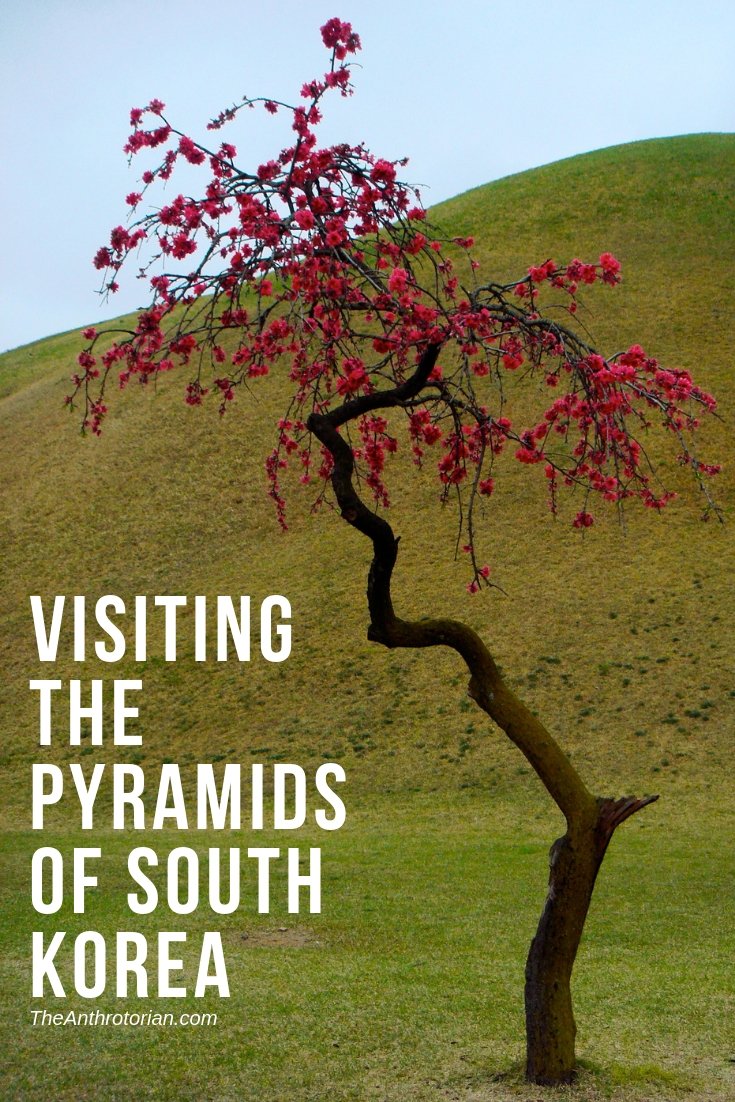Imagine that you are one of the first explorers to North America’s West Coast.
It’s early morning, and after a paddle through the still ocean water, you have docked your canoe on a grey pebble beach. The sun has yet to pierce through the thick fog, and you can see your breath in the crisp air.
There is not a soul in sight.
The forest in front of you is lush, thick and dark. Taking a deep calming breath, you step into the green, snapping twigs underfoot and moving damp leaves out of your path.
Bushing away an especially heavy heavy branch your jaw drops as you find yourself suddenly in a clearing with a massive, wooden sculpture that seems to stretch up almost higher than the trees, standing in the middle of it.
You had heard rumors that these monumental structures existed, and now there it was, right in front of you — a totem pole.
Carved mostly from Western Red Cedar trees, totem poles are created by the Indigenous peoples of the Pacific Northwest Coast of North America. Because cedar decomposes quickly, few examples of these massive structures from before 1900 exist today.
These free-standing poles were symbols of individual clans, family wealth, and prestige.
Scholars believe the Haida of the Queen Charlotte Islands were the first to create the totems, and then the practice spread throughout the West Coast.
The meaning behind the totem poles is as varied as the cultures that make them. Some represent familiar legends, clan images, notable lives of tribe members, mortuary statues, or mark an important celebration.
Contrary to popular belief, they were NEVER objects of worship.
It is widely believed that the least important carving is on the bottom of the pole (hence the saying “lowest man on the totem pole”), but, in reality, the most important figures can often be found on the bottom or even in the middle of the poles!







